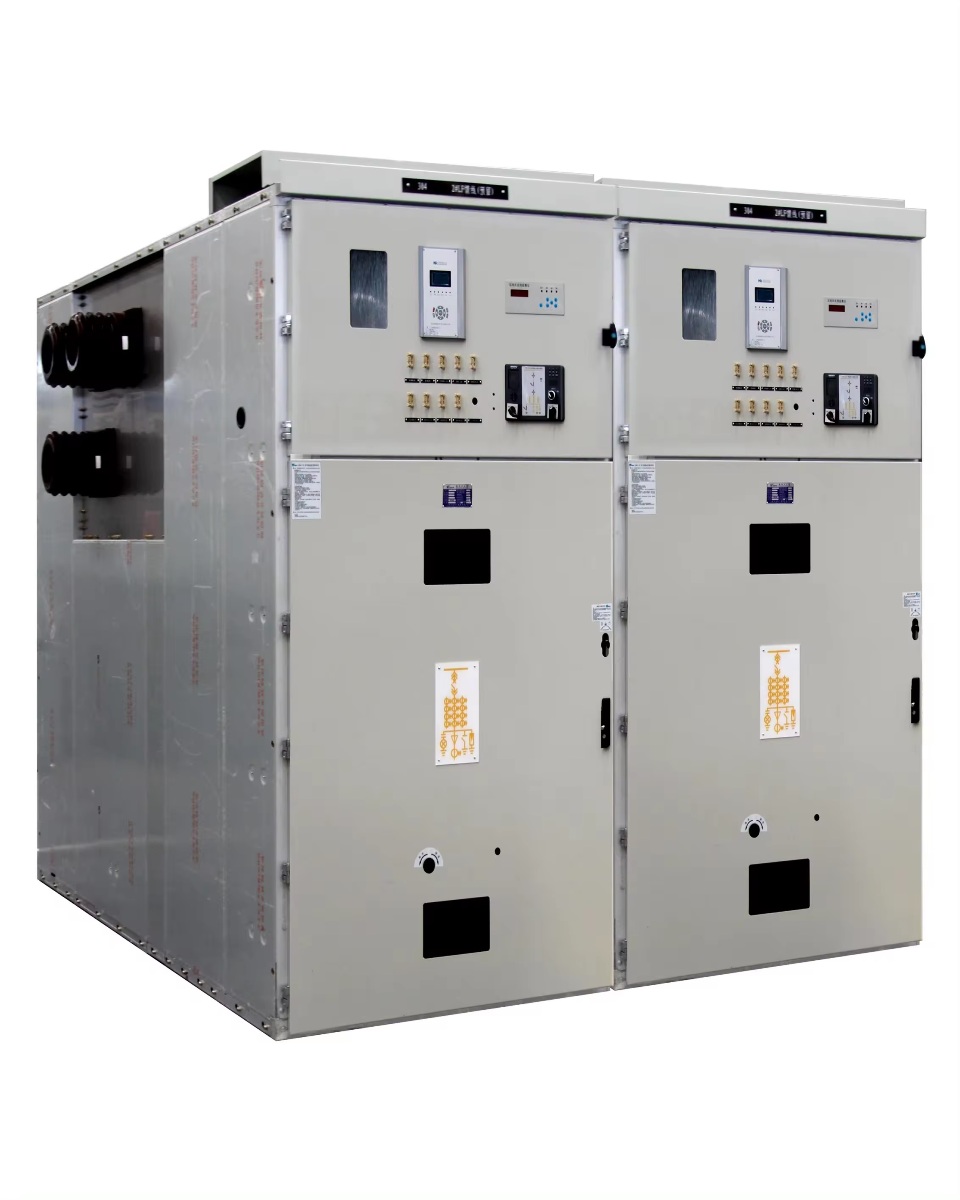
The global market for rheumatoid arthritis treatments is expected to grow at a CAGR of...
Learn More
Our consulting solutions address company specific challenges with respect to micro environment...
Learn More
Organizations frequently need day-today research guidancein order to gain strategic...
Learn More
Exploring different areas of market research and market analysis is a key factor...
Learn MoreAcute Market Reports presents the most extensive global business research services across industries. Our research studies focus on potential outcomes, benefits, and risks associated with each market segment across geographies. Having served our global clients for more than 10 years, our prime priority is to enable our clients in making well-informed business decisions through a data-driven, analytical, and uncomplicated research approach.
We provide access to the world's most comprehensive, analytical, and updated business intelligence services and solutions.




The AC vacuum insulated switchgear market is expected to grow at a CAGR of 7.5% during the forecast period of 2025 to 2033, driven by technological advancements, increasing electricity demand, and the focus on renewable energy integration. While envi...
Read More
The metal pails market is expected to grow at a CAGR of 4.7% during the forecast period of 2025 to 2033, driven by the demand for sustainable packaging, increasing applications in the chemical industry, and expanding agricultural activities. While fl...
Read More
The ceramic foams market is expected to grow at a CAGR of 5.7% during the forecast period of 2025 to 2033, driven by the demand for lightweight and high-temperature materials, the emphasis on environmental sustainability, and expanding applications i...
Read More




